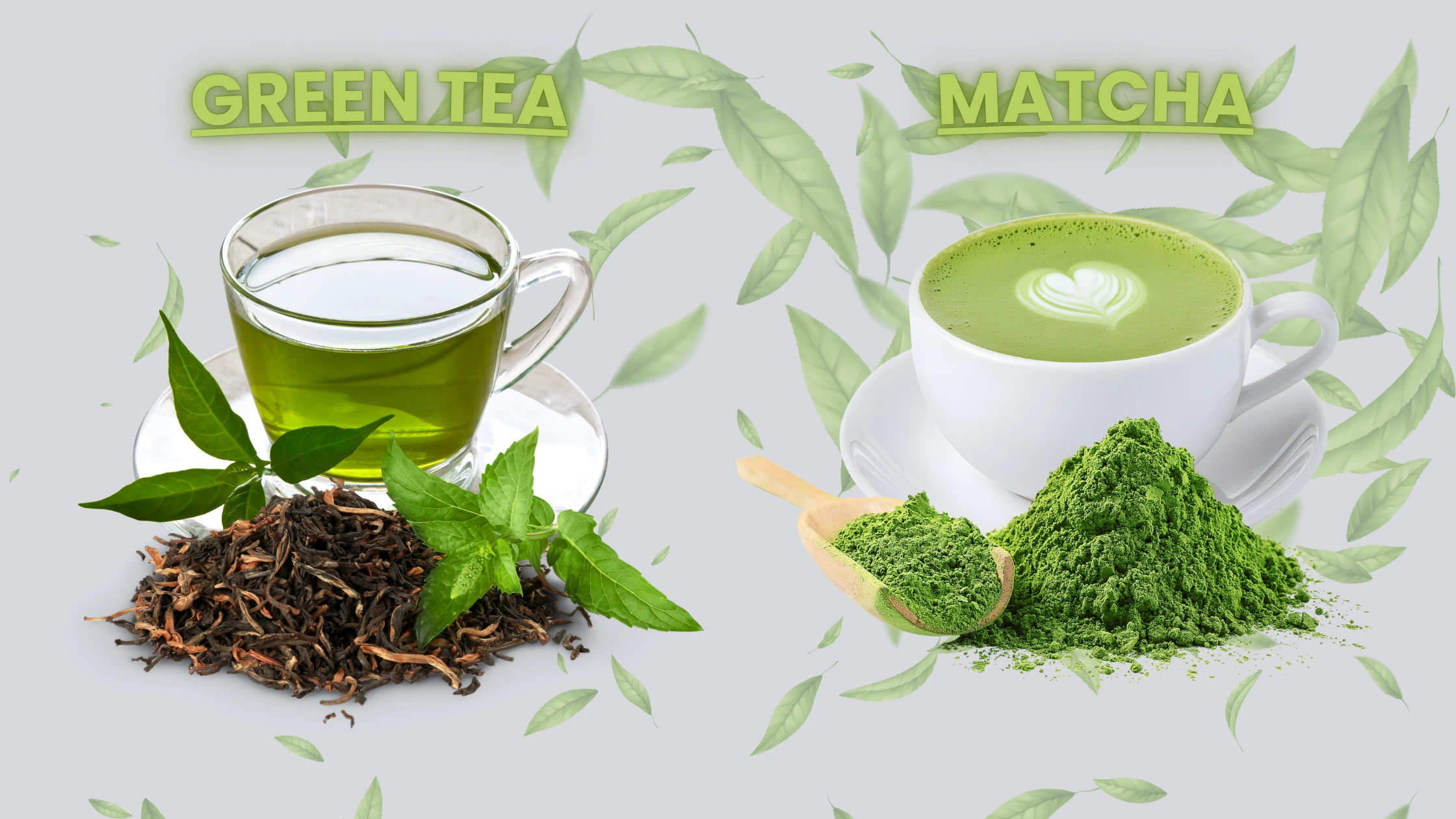
Green Tea Vs Matcha – Is there a difference?
Green Tea Vs Matcha – Is there a difference?
- azeem memon
- 08-08-2025
- 09-08-2025
- 1289 views
- Coffee Tips, Tea

Still confused about the green tea vs matcha debate? Green tea is often confused with matcha. It’s not difficult to do; both green tea and matcha are green and imported from Japan. Compared to green tea, matcha is still relatively new to the U.S. and not as widely available. While they are similar in many ways, their differences are much more important. How are green tea vs matcha different, and what benefits does each offer? Read on for an in-depth look at green tea vs matcha.
From the ground up
Both matcha and green tea are made using Camellia sinensis, or the tea plant. What makes green tea and matcha different is how each is grown and processed. Tea that will become matcha is usually grown in partial shade. This protects the theanine in the leaves, which is an amino acid that gives matcha its umami flavor. The amount of sun that plantsgrown for green tea depend on what kind of green tea is being produced. High-quality green tea and matcha typically only use the tips and the newest three or four leaves on the stem. (Have you ever wondered why we are called ‘3 Leaf Tea’?) Overexposure to the sun can turn tea leaves bitter, so by shading the leaves and using the youngest leaves, farmers can ensure their tea is smooth and mellow. The tea leaves are then harvested by either hand or machine.
The tea-making process
After they are picked, tea leaves begin to undergo fermentation, which causes the tea to change flavors. To prevent this, the leaves are fanned with moist air. The leaves are then steamed to stop the fermentation process. The length of the steam time will affect the flavor of the final product. Put simply, the longer the leaves are steamed, the more easily the cell membranes break down in subsequent processing. This leads to increased cloudiness in the tea once it’s brewed and luster but reduced astringency and fragrance. The leaves are then cooled.
Now, this is where matcha and green tea part ways. Tea leaves that will become matcha are destemmed, deveined, and then ground into a fine powder. Tea leaves that will become sencha undergo a series of rolling, pressing, and twisting. This gives the leaves their distinct tube-like shape. Finally, the leaves are dried. Compared to when they were harvested, the leaves now only have 5% of their moisture left. A secondary processing involving shaping, sorting, roasting, and, in some cases, blending is necessary before the tea can be sold as green tea.
Health benefits of green tea vs matcha
Green tea has similar benefits to matcha; it has the protein L-theanine, which promotes relaxation, catechins, a type of antioxidant, and some caffeine. However, because matcha is made using the whole leaf, it has more theanine, catechins, and caffeine. If you are choosing your tea based on the benefits it offers, matcha is definitely a more potent choice.
Nutritionally, matcha has the vitamins, minerals, and antioxidants equivalent to 10 cups of brewed green tea as well as a healthy dose of dietary fiber. Logically thinking, that means 1 cup of matcha has 10 times the relaxing protein L-theanine that green tea has. If you are looking for an energy boost that will keep you alert but not cause the jitters, matcha is what you need.
Preparation
Like black and oolong tea, green tea is prepared by steeping the dried leaves in cold or hot water and then discarding the tea leaves. While green tea leaves can be used to make a latte, a “green tea latte” often refers to a latte made using matcha.
Green tea is figuratively and (almost) literally a watered-down version of matcha. Because green tea comes from the same plant and is grown in a similar way as matcha, it offers the same benefits, just not as much. Green tea (or hojicha) is an excellent choice for those with caffeine sensitivities or simply for those who don’t enjoy the flavor profile of matcha but still want some of the benefits it has. Of course, we still prefer matcha for most situations but can’t deny that green tea could be helpful to someone on their tea journey. We hope that whichever you choose will help you feel your best and most vibrant!
Conclusion
In conclusion, the green tea vs matcha debate reveals that matcha offers more antioxidants and a sustained energy boost, making it a powerful choice for health-conscious individuals. Whether you prefer the classic green tea or the potent matcha, both are great options for wellness. Ready to try them out? Shop Now for premium tea selections, and for more tips, check out our Coffee Guide.
Frequently Asked Questions
What’s Healthier, Green Tea vs matcha?
While both matcha and green tea offer numerous health benefits, matcha tends to be the healthier option. The key difference lies in how they are prepared and consumed. Matcha is made from finely ground whole green tea leaves, so you consume the entire leaf, which provides more antioxidants, vitamins, and minerals. Green tea, on the other hand, is typically brewed from leaves that are discarded after steeping, offering fewer nutrients. Additionally, matcha contains higher levels of L-theanine, a calming amino acid that helps balance the caffeine boost, making it a great choice for sustained energy.
Green tea vs matcha, what’s the difference?
Although both matcha and green tea powder come from the same plant, Camellia sinensis, they are not exactly the same. Matcha is a type of powdered green tea, but it is made from specific high-quality leaves grown in the shade, which are then stone-ground into a fine powder. The leaves used for matcha are also carefully processed to preserve their vibrant green color and nutritional content. Green tea powder, on the other hand, can refer to powdered green tea that may not go through the same strict growing and processing methods as matcha, often resulting in a different flavor profile and nutritional value.
Can I Replace Green Tea with Matcha?
Yes, you can replace green tea with matcha, but there are some differences to consider. Matcha provides a more intense flavor and a higher concentration of nutrients, including antioxidants and caffeine. While green tea offers a milder taste and lower caffeine content, matcha’s unique properties, such as its rich umami flavor and higher health benefits, make it a great alternative. Just keep in mind that matcha’s stronger taste may take some getting used to, and its higher caffeine content may give you a stronger energy boost compared to regular green tea.








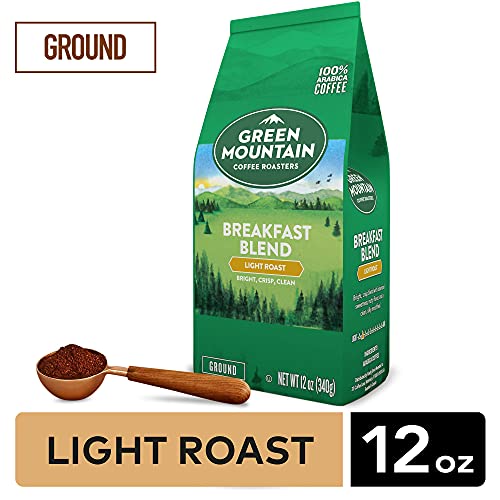

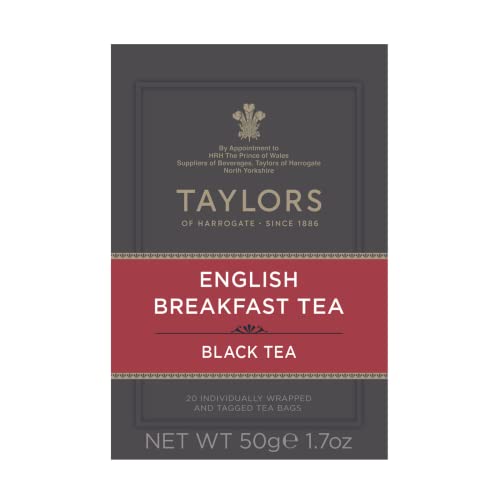
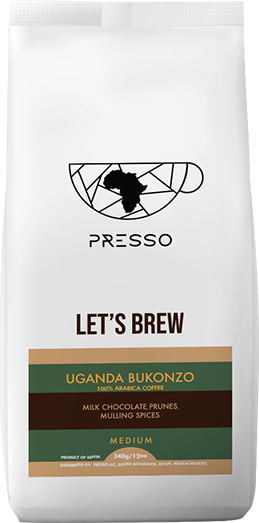

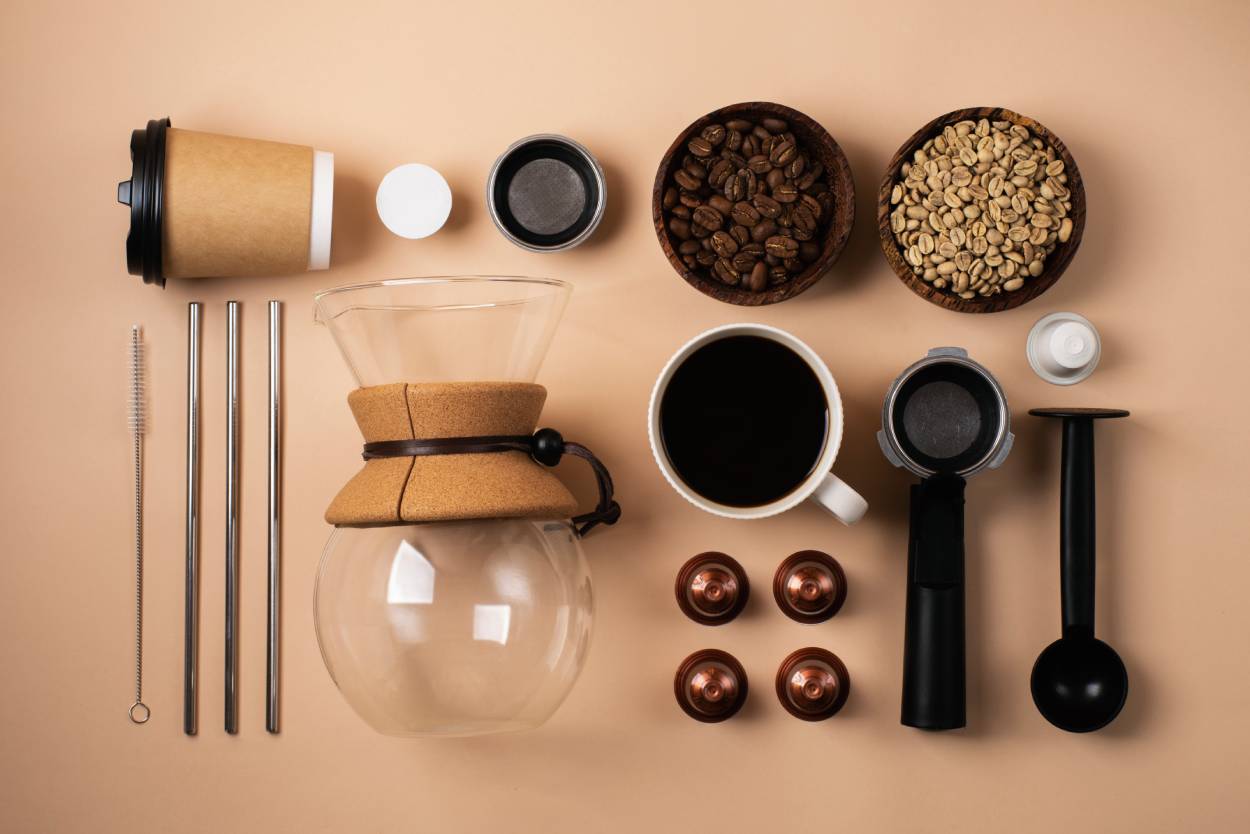





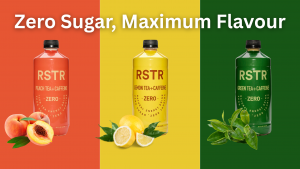

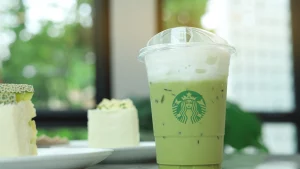

This article made me wonder—if matcha has more antioxidants because you consume the whole leaf, does that mean it’s more beneficial in the long run compared to green tea?